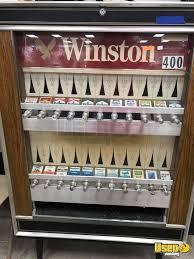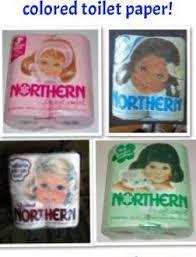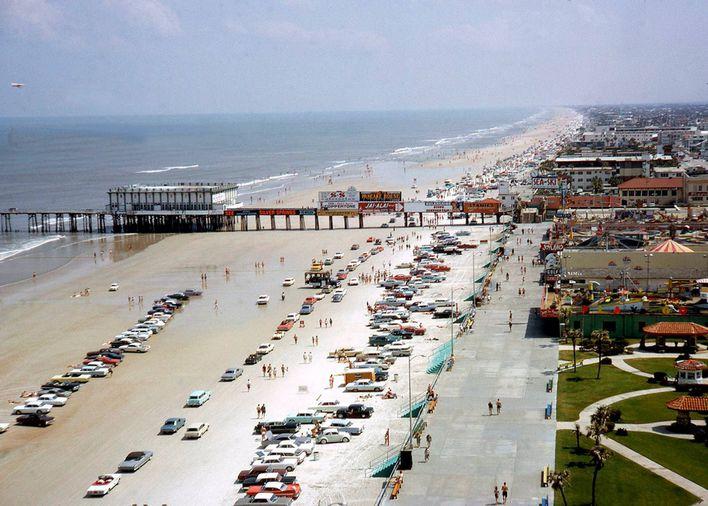

The plastic sheet had a blue section at the top a orange section in the middle and a green section at the bottom so it kind of worked. Cheers!
TV channels, especially the local ones, that signed off for the evening until the next business day. As part of their sign-off, they played the National Anthem. (For those who know nothing of this, television channels did not used to broadcast nonstop; they would shut down for a few hours every single night.
Television news was only available at extremely limited set and specific times throughout the day or night, there was no 24-hour news.
Any news you did not get via television or radio, you had the option of relying on newspapers.
Reruns were the only way you could or would ever see old episodes of television shows. There was no on-demand or ordering them or buying box sets, etc.
Not all cars had seat belts.
Bench-style seats in the front instead of bucket seats in cars.
That triangular window on cars’ drivers doors and front passenger doors.
Stick shift (manual or standard transmission instead of automatic transmission).
Manual steering.
Metal dashboards.
Car registration was located on the steering column or driver’s side visor.
The stand-up jack for cars.
Split-level windshields on cars.
Windshield wipers that were both anchored on the left and right sides and arced inward, as opposed to both moving in the same direction.
S&H Green Stamps.
Postcards.
Milk delivery. (Included all dairy products.)
Drinking from the water hose.
Girls and women wore dresses and skirts more often than they do today. Some young women and girls I know these days say they have never owned or never worn a dress or a skirt.
Boys and men wore neckties and/or suits more often than they do today. Some young men and boys I know these days say they have never owned or never worn a necktie or a suit.
Dress codes, either written or unspoken (expected). For instance, it used to be practically unheard of to go to a bank or a courtroom or attend some shows or to board an airliner unless you were dressed for business.
Bifocals.
Professional athletes earned much more money than the average workers, sure, but not anywhere near the comparative multi-million dollar figures they do today.
Professional athletes had grooming standards and had to adhere to dress codes off of the field of play.
When I was growing up, no family nor any household I knew of had two (or more) cars. That was reserved for the filthy rich. A few families I knew of had no car at all, either temp or permanently. Public transportation was used by many more everyday people than use it today.
There was a telephone number you could call to hear a recording of the time and temperature.
Telephone operators were living persons who answered and interacted with you.
Fast food was an occasional treat; in my family, maybe once or twice in the span of every couple of months. Not only that, when I was very young, I remember my parents would buy only one soda, which the four of us shared. One straw, take a sip and pass it on.
Credit cards were not used for everyday expenditures.
The average lower middle class person didn’t have credit cards, only rich people did.
Cashiers could ask to see your check register prior to accepting your check for proof that there was money in your checking account.
Nudity or even partial nudity meant the immediate end of a career for mainstream movie stars.
~
Surely you don’t assume that either the question or my answer encompasses ALL people, right? I did not and do not claim that any one of my entries NEVER happens.
:|



